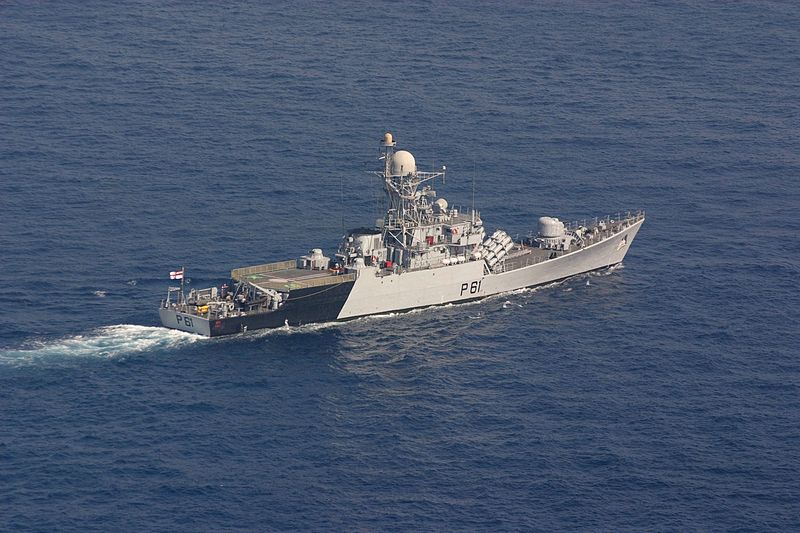NEW DELHI (PTI): In a first, space agencies of India and the US will collaborate to launch a satellite that will help study earthquake and its patterns.
The NASA-ISRO Synthetic Aperture Radar, or NISAR, satellite is designed to observe and take measurements of some of the planet's most complex processes, including ecosystem disturbances, ice-sheet collapse, and natural hazards such as earthquakes, tsunamis, volcanoes and landslides.
The two countries are also collaborating in a major way in the Mars Mission project.
NASA Administrator Charles Frank Bolden said they are looking to launch the satellite by 2020-21, but Indian Space Research Organisation (ISRO) Chairman A S Kiran Kumar said they are looking to prepone the launch.
"The US is providing L-Band. It will help us look at crustal deformation. We are looking for hints at earthquake detection. We cannot predict earthquake but we can advise people where it has occurred. We are hoping to launch it by 2020-21," Bolden told reporters in New Delhi.
Heads and representatives of several space agencies have assembled in the national capital to discuss applications of remote sensing technologies for disaster mitigation and bettering global climate change monitoring.
Kumar said that for India, the project will not only help in understanding the seismic activity but also give inputs for monitoring agricultural activities.
"The activity involves building a payload with L- and S- bands synthetic aperture radar. It's a new technology instrument. While NASA provides the L-Band component of the electronics plus the antenna, which is a huge one.
ISRO will provide the S-Band and the payload will be integrated at NASA and then the payload comes back at Bangalore. It gets integrated on the satellite, which is being built and will be launched by ISRO.
"So, currently the activities are going on in full swing.
Both the governments have cleared the basic mission. We are looking at a possible launch with 2021. We are trying to advance the launch and we are working towards it. As far as we are concerned the usage of this got many significant usage for our programme," Kumar said.
"You can measure accurately the variations in surface topography, accuracy of millimeters. So, it's not earthquake prediction that is possible and making measurements of locations where large deformation are consistent, observation of changes in surface measures which will lead to stress levels being built up at certain locations which could help in understanding the behaviour of understanding earthquake and its phenomena. The objective is to make systematic study in timely manner," Kumar said.
He further said that it will give primary data of surface deformation and the frequency of the measurement is very significantly different from what is available now and that's what is being looked at globally as a new input for enabling a large number of applications to be brought about.
"We are very much excited about it because for the first time two of our agencies are working together on such a big scale," the ISRO chief said, adding that both the space agencies have formed a working group and they would meet periodically.
"They look at the result available from Mars Orbiter Mission and MAVEN. They also look at if there could be some coordinated measurements which could be planned.
"In future, we are also looking at what we could so with NASA in our future MARS missions. We are also looking at opportunities for some of our payloads which can be carried on their (NASA's) programmes. This is a continuous dialouge on how we can take forward our current engagements on Mars programme," Kumar said.
India-US to jointly launch satellite to study earthquakes
Article Posted on : - Apr 05, 2016
Other Related News
India, Sri Lanka decide to ramp up defence, energy, trade ties
India and Sri Lanka Monday adopted a futuristic vision to expand their partnership, resolved to soon conclude a defence cooperation pact and decided to ramp up energy ties by establishing electricity grid connectivity and multi-product petroleum pipelines.
 Previous Article
Previous Article Next Article
Next Article













The Indian Air Force, in its flight trials evaluation report submitted before the Defence Ministry l..
view articleAn insight into the Medium Multi-Role Combat Aircraft competition...
view articleSky enthusiasts can now spot the International Space Station (ISS) commanded by Indian-American astr..
view article